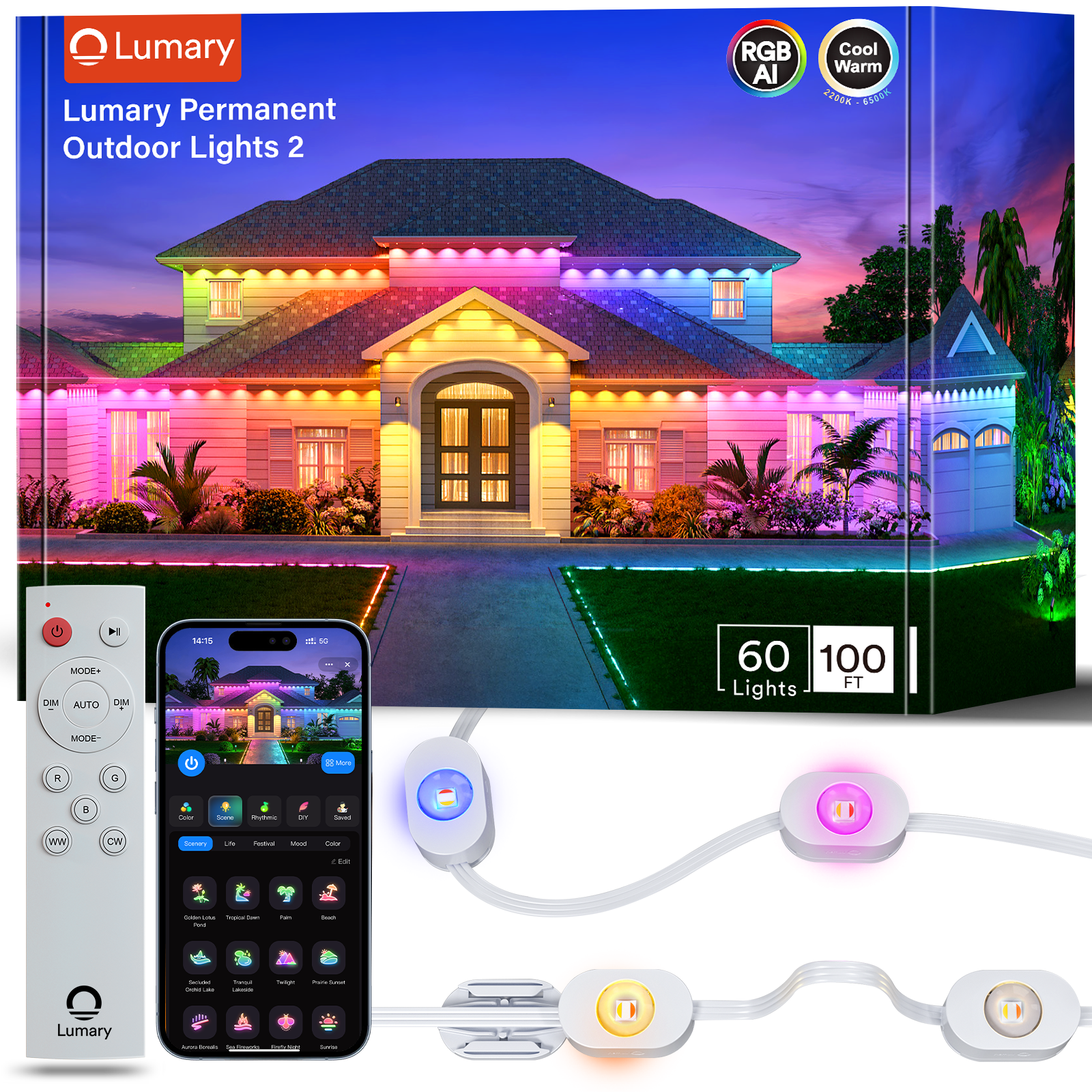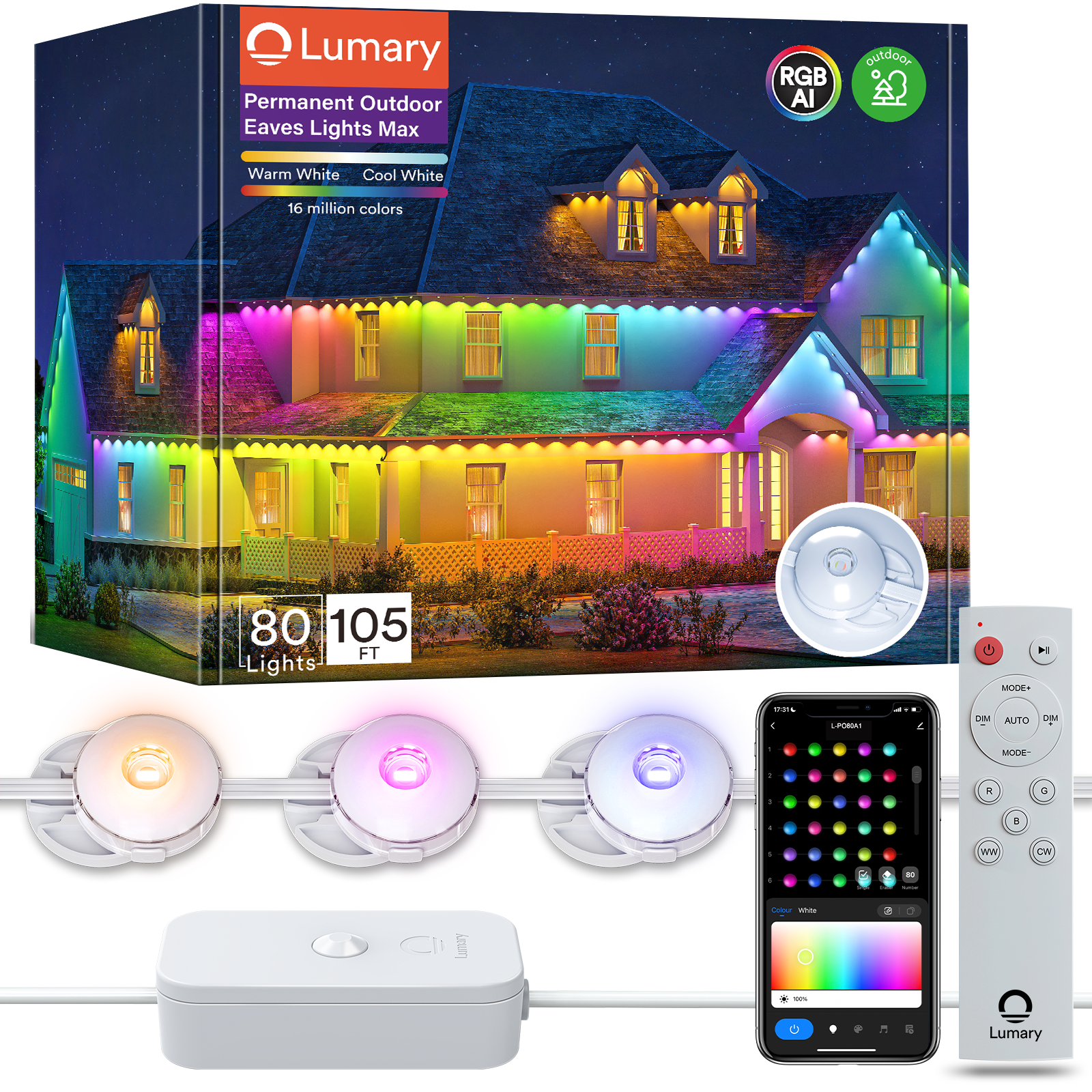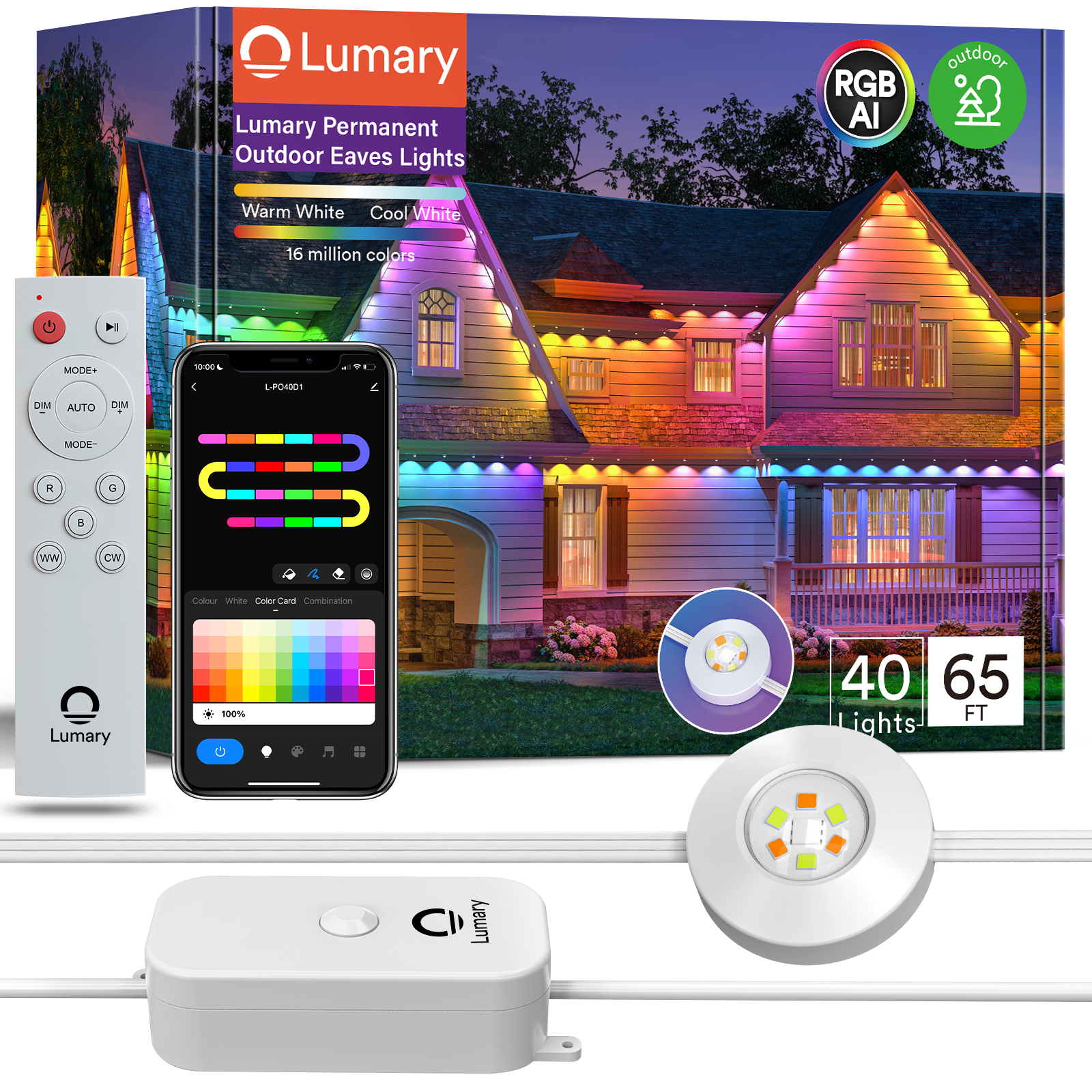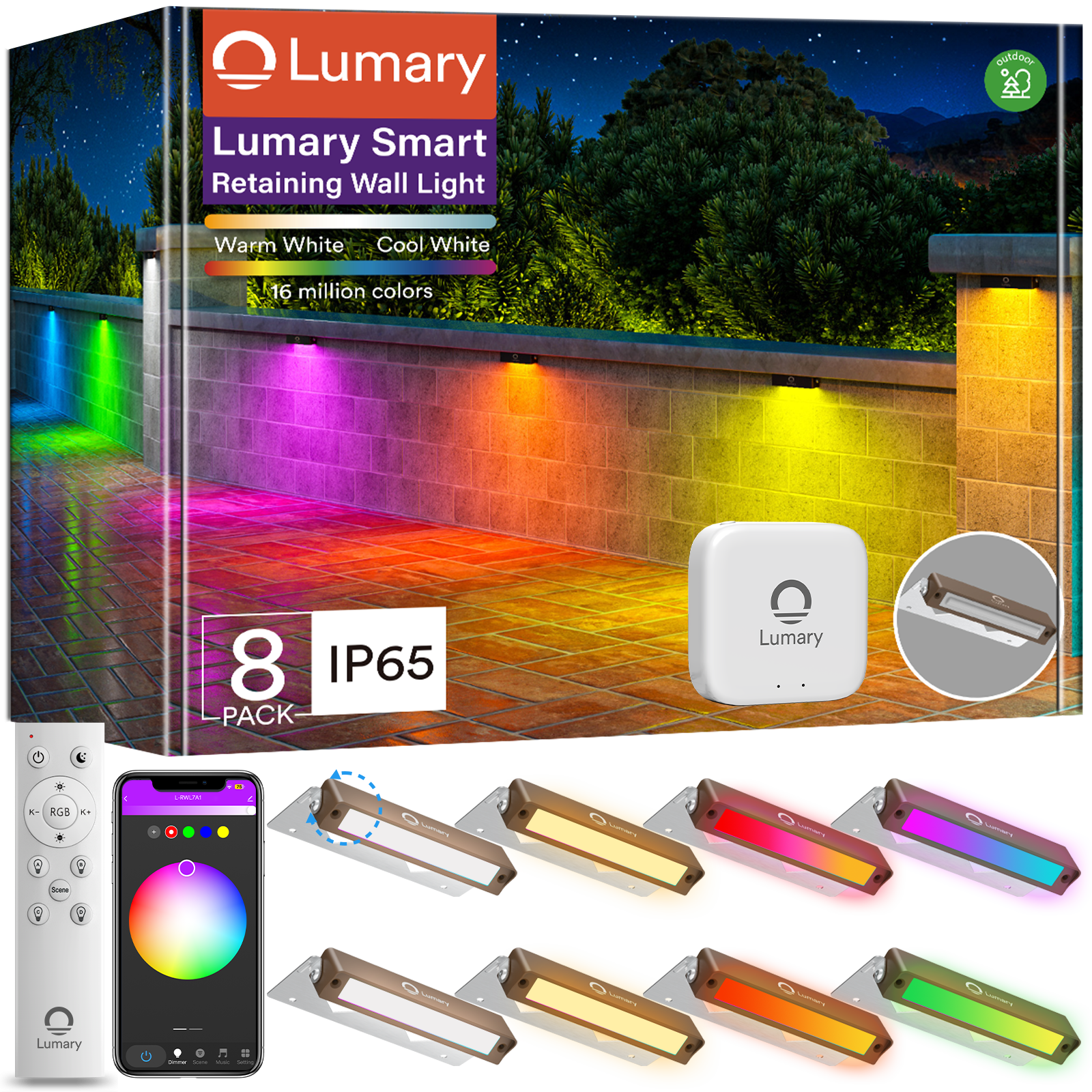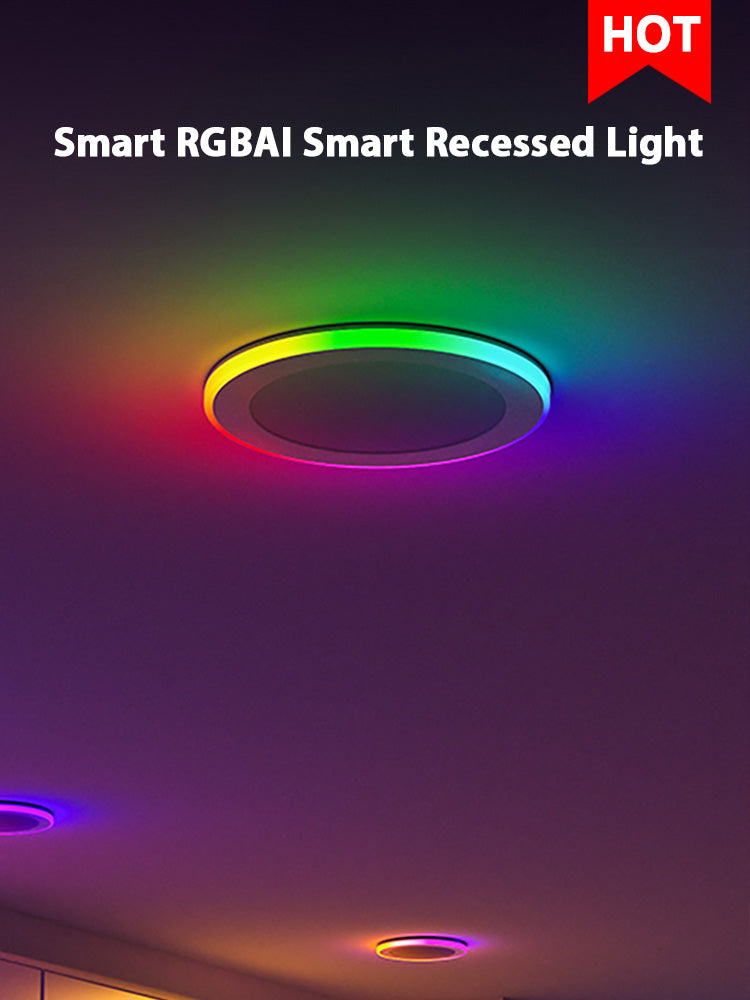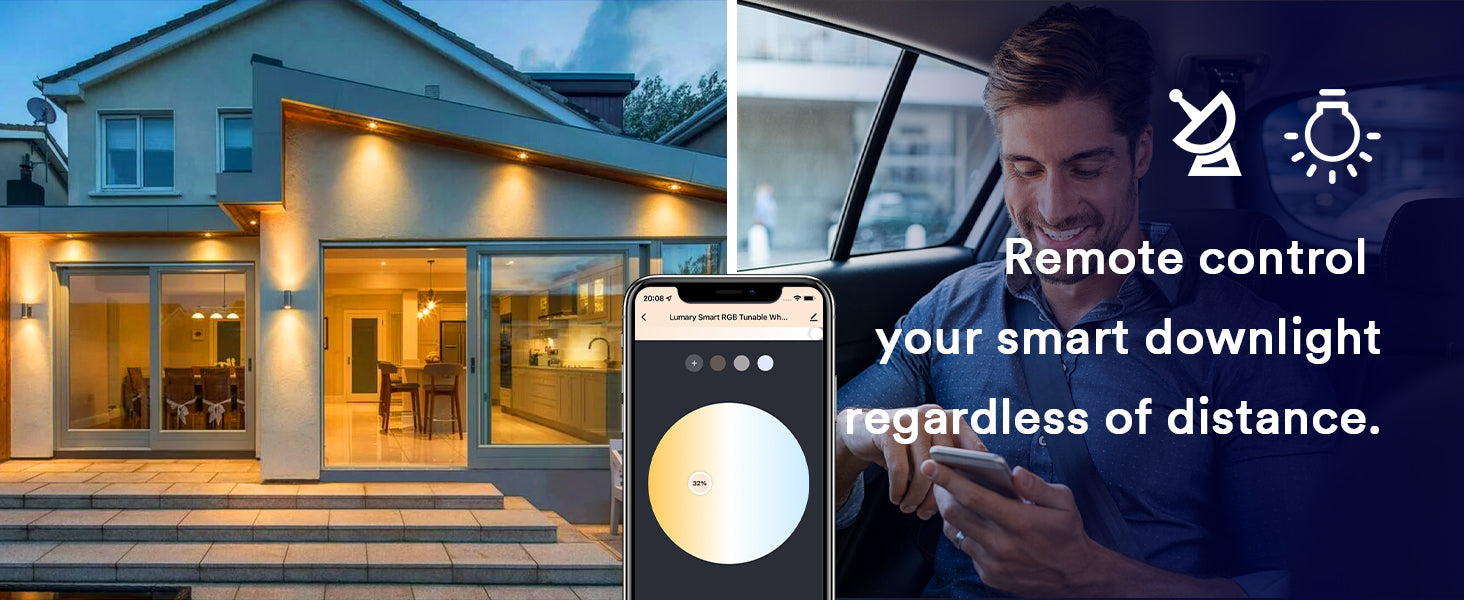Outdoor landscape lighting can beautifully illuminate gardens, pathways, and patios and accent architectural features after dark. But finding the right amount of light for your unique space is key to achieving the perfect ambiance. This brings us to lumens - the measurement used to quantify brightness from light sources. Choosing fixtures with the ideal lumens for each area ensures your lighting is both effective and efficient. This guide explains lumens and how to select the right number for your outdoor lighting project.
Understanding Lumens for Outdoor Lighting
First, let's define lumens. Lumens measure the total amount of visible light produced per second by a light source. The higher the lumen rating, the brighter the light. Previously, wattage was used to measure brightness. But wattage only measures energy use rather than light output. With LED technology, lumens have become the standard brightness unit. Lumens are especially relevant for landscape lighting. Adequate light ensures outdoor spaces are practically illuminated, while lower lumens create ambiance. Finding the right balance depends on calculating the optimal lumens for each area and purpose.

Key Factors That Determine Lumens Needs
The ideal lumen level for your landscape depends on several key factors:
- Surrounding Light and Shadows - Areas with more ambient light from the moon, streetlights, or neighboring houses need fewer lumens. Darker, shadowy zones need higher lumens for the same brightness.
- Purpose - Task lighting for safe visibility on paths and steps requires more lumens, usually 2000-4000. Accent lighting to highlight plants or architecture needs lower lumens, around 1000-2000, for a subtle glow.
- Size - Larger outdoor areas like extensive patios and long pathways require extra lumens to sufficiently illuminate the entire space. Smaller accent areas need fewer lumens.
- Reflectivity - Lumens can be reduced in areas with highly reflective surfaces like pools of water or white-painted walls which amplify lighting.
- Desired Ambiance - Lower lumens create a soft, inviting mood, while higher lumens ensure good visibility for tasks and safety.
- Personal Preference - Some enjoy bold, bright lighting, while others prefer a discreet glow. Consider your tastes when planning lumens.
Evaluating these critical factors will help you determine the perfect lumens to fulfill both the functional and aesthetic needs of your unique outdoor landscape.
Recommended Lumens for Outdoor Lighting Areas
The best way to determine the ideal lumens is by examining common outdoor lighting applications. Here are the recommended lumens for various exterior lighting needs:
1. Path Lights - 100 Lumens
Placed along garden pathways and walkways, low-voltage path lights are typically spaced 8-10 feet apart. For most paths, small LED path lights with around 100 lumens provide sufficient brightness for safe navigation at night.
2. Step Lights - 12 - 100 Lumens
Tiny LED step lights embedded in stairs or walkways prevent tripping hazards and aid visibility. For distinguishing each step, opt for step lights with lumens between 12 and 100 based on ambient light and step dimensions. Brighter 100-lumen lights work well for wider, unlit stairs.
3. Floodlights - 700 - 1300 Lumens
To brightly illuminate large areas like driveways, backyards, or lawns, LED floodlights ranging from 700 to 1300 lumens are ideal. Position floodlights to distribute broad, uniform illumination where needed.
4. Security Lights - 700 Lumens
Motion-activated security floodlights should have at least 700 lumens to startle intruders and illuminate excluded areas when triggered. Strategically place them to cover vulnerable spots.
5. Landscape Spotlights - 120 lumens
Compact, adjustable LED spotlights with around 120 lumens are perfect for highlighting focal points like fountains, ornamental plants, or specimen trees.
6. Underwater Lights - 200-400 Lumens
For lighting pools, ponds, and fountains, underwater LED bulbs between 200-400 lumens create pleasant ripple effects.
7. Wall Lights - 50-185 Lumens
Wall sconces flanking a front door or lining a patio need 50-185 lumens, depending on the fixture design and coverage area.
8. General Landscape Lights - 50-300 Lumens
Accent lighting for trees, bushes, flower beds, and other landscaping can range from subtle 50 lumens to brighter 300 lumens, depending on the desired ambiance.
9. Motion Sensor Lights - 300-700 lumens
Locate motion-sensing floodlights with 300-700 lumens by garage or house entryways. They temporarily provide visibility when movement is detected at night.
10. Pool/Pond Lighting - 200 - 400 lumens
Submersible, waterproof LED bulbs with 200-400 lumens produce attractive underwater lighting. Higher lumens light larger bodies of water more evenly.
11. Garden Lighting - 400 to 1200 lumens
For accenting garden beds, landscape borders, and planting areas, small gardens need between 400-600 lumens. Large gardens can take 800-1200 lumens depending on the desired brightness.
Keep in mind that these suggestions serve as general guidelines and may vary depending on your specific needs and the unique conditions of your space. Carefully evaluate each area to determine the right brightness.

How to Plan Your Outdoor Lighting Lumens
Planning your outdoor lighting lumens takes a bit of preparation but ensures you get the perfect amount of light in each area. Follow these tips:
- Make a lighting plan map of your yard, marking key zones like pathways, patios, gardens, etc. Decide on the mood and functional lighting needs for each zone. This will help you calculate the total lumens required.
- Take note of ambient light in your yard at night from the moon, nearby streets, or your neighbor's floodlight. Reflective surfaces like pools of water or white-painted walls can also amplify lighting. Consider these factors when deciding on lumens.
- Use lower lumens, around 1000-2000, to create a soft, inviting ambiance around patios, flower beds, or accent architectural details. Use higher lumens, 3000-4000, to brightly illuminate tasks like cooking areas, pathways, or steps.
- Position landscape accent lights carefully to highlight features rather than flood areas with too much light. Uplights in trees create dramatic effects without glare. Downlights illuminate paths without light pollution.
- When buying fixtures and bulbs, check the lumens ratings to achieve your planned design. Opt for dimmable lights to adjust brightness as needed.
How to Reduce Light Pollution and Energy Waste
Outdoor lighting certainly enhances aesthetics and functionality after dark. But injudicious use can negatively impact the environment and waste energy through light pollution and electricity overuse.
Follow these tips to make your landscape lighting beautiful yet eco-friendly:
- Calculate and use only the necessary lumens to avoid over-lighting. Overly bright spaces waste energy.
- Use warm white LEDs under 3000K that are less disruptive to circadian rhythms.
- Shield fixtures and direct light downward to reduce glare, skyglow, and light trespass.
- Dim, timer, and motion-control lighting when not needed.
- Spotlight landscape features instead of flooding broad areas.
- Examine lighting needs annually and remove unnecessary fixtures and bulbs.
- Position essential security lighting carefully to avoid spillage into natural areas.
- Choose EnergyStar-certified fixtures with efficient optics for maximum light per watt.
Being mindful of lighting placement, direction, intensity, and duration ensures your property glows beautifully without negatively impacting the environment. With smart lumen calculation and efficient technology, your outdoor lighting can stay green and sustainable for years to come.
Conclusion
And there you have it - the lowdown on finding the perfect lumens for your outdoor lighting. When you choose fixtures with the right brightness for each part of your landscape, your lighting will really shine after the sun goes down. Use this guide to make sure your paths, patios, gardens, and other spaces get illuminated just right. Not too bright, not too dim - just the right amount of light to highlight your home's best features and create an inviting mood. Take the time to calculate the ideal lumens, and your outdoor lighting design will come to life. So get creative, try out different levels, and transform your yard into a gorgeous nighttime oasis. With the right lumens, your landscape will be ready for those warm summer nights on the patio!
Frequently Asked Questions
Q: How often should I clean my outdoor light fixtures?
A: Outdoor lighting exposed to weather should be cleaned 1-2 times per year. Use a damp cloth to wipe down fixture exteriors and clean out insect debris.
Q: What should I look for when buying outdoor light bulbs?
A: Check the lumens, beam angle, color temperature, IP waterproof rating, and base type when selecting outdoor bulbs. Ensure they are designed for outdoor use.
Q: Should outdoor lighting be on a separate circuit from other outdoor outlets?
A: Yes, outdoor lighting and outlets should have their own GFCI-protected circuit for safety. Don't overload lighting circuits.
Q: Can I incorporate smart technology into my outdoor lighting?
A: Yes, outdoor smart bulbs, controllers, and switches allow app and voice control. Look for weatherproof-rated options.
Q: What is the difference between lumens and lux?
A: Lumens and lux are both units used to measure light, but they measure different characteristics of light.
- Lumens measure the total light output at the source. For example, a 100-watt incandescent light bulb emits about 1,600 lumens.
- Lux measures how much of that light reaches a surface. For example, if 1,600 lumens from a light source lands on a surface 1 meter away, that surface is illuminated with about 1,600 lux.
Q: How is lumen different from wattage in light bulbs?
A: Wattage measures the amount of electrical power a light bulb consumes, whereas lumens measure the actual visible light output. As technology improves, especially with LEDs, you get more lumens per watt – that is, more light output for less energy consumption.


